12 Subtle Behaviors That May Signal Loneliness in Women as They Age
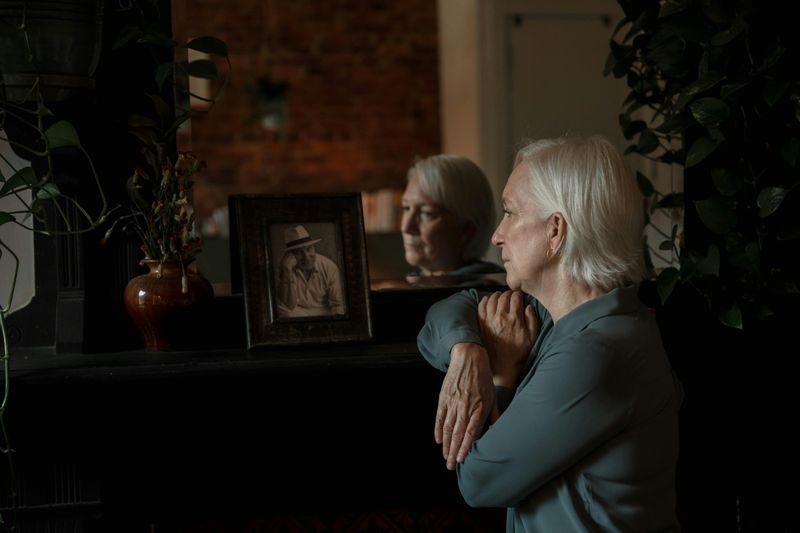
As women grow older, loneliness can creep in silently, often hiding behind everyday behaviors that might seem normal at first glance. Understanding these subtle signs can help family members and friends recognize when a loved one might be struggling with isolation. Recognizing these behaviors early allows for meaningful connection and support before loneliness takes a deeper toll on mental and physical health.
1. Frequent Phone or Online Scrolling

Even during meals or TV, her phone is a constant presence in her hand. She gets lost scrolling through social media, seeing others’ lives move forward while she stays stuck.
This digital connection creates an illusion of socializing without the vulnerability of real interaction. She might mention distant acquaintances’ updates as if they were close friends.
The phone becomes both a window to the world and a barrier protecting her from it. While technology can be wonderful for maintaining connections, excessive scrolling often signals a hunger for genuine human contact that virtual relationships cannot fully satisfy.
2. Talking Less About Daily Experiences
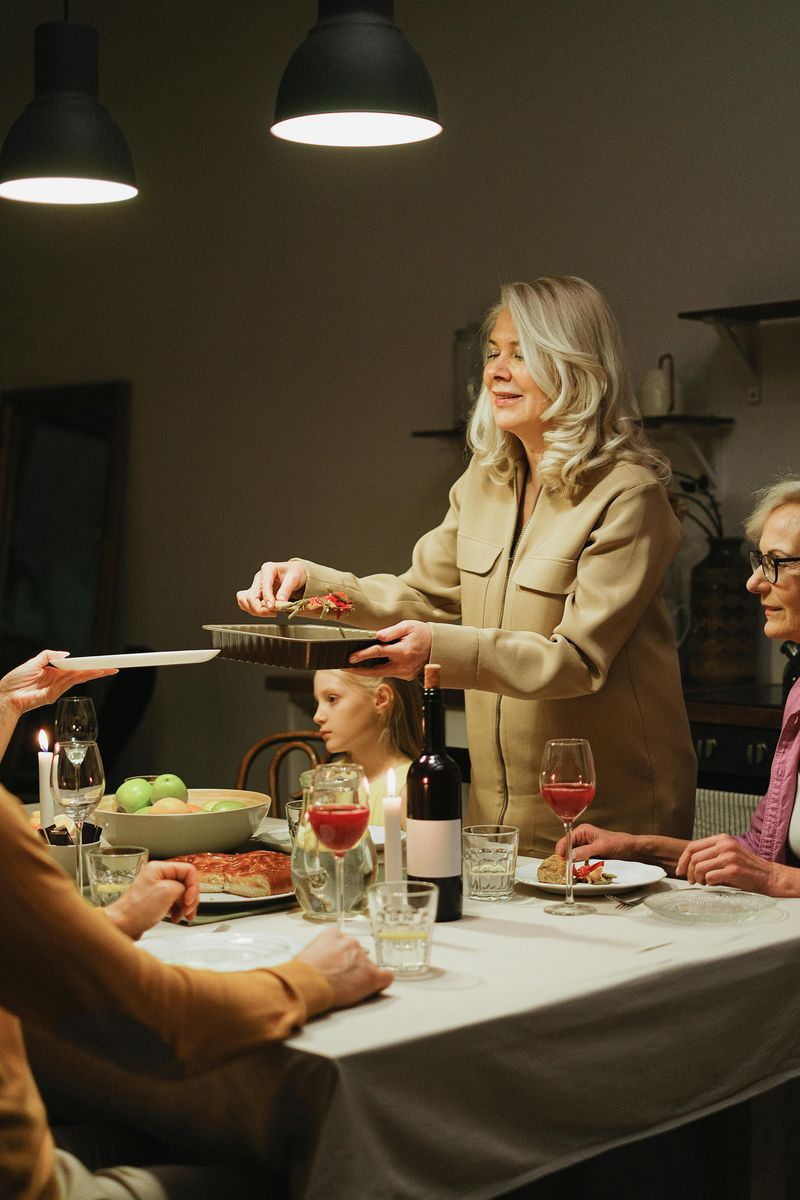
What were once lively conversations now feel flat and one-sided. Her replies to questions about her day have shortened to “nothing special” or “just the usual.” This quiet isn’t necessarily about being shy.
When meaningful daily interactions decrease, there simply becomes less to share. Without regular social exchanges, even ordinary experiences like a pleasant interaction at the grocery store or a beautiful sunset can seem unworthy of mention.
Listen for this absence of small stories—the mundane yet meaningful details that weave the fabric of connected lives. Her silence speaks volumes about the emptiness she may be experiencing in her daily routine.
3. Increased Attachment to Pets or Objects

Her cat now has a more elaborate birthday celebration than most people in her life. You might notice her speaking to her pets in full conversations or referring to them as her “children” or “best friends” with increasing frequency.
Similarly, collections of figurines, photos, or heirlooms receive meticulous attention and care. These attachments aren’t merely hobbies—they’re emotional lifelines.
Pets and cherished objects provide unconditional presence without the complications of human relationships. They become reliable sources of comfort when human connections feel scarce or unpredictable. While these bonds are valuable, their intensification often signals a void where human relationships once flourished.
4. Withdrawing From Social Circles

The calendar that once brimmed with coffee dates and family dinners now sits empty. A woman experiencing loneliness might gradually pull away from social gatherings, making excuses about feeling tired or having other commitments.
Family may notice her absence at traditional celebrations or community events where she was once a regular. This retreat isn’t about needing personal space—it’s often a protective mechanism.
When social connections feel fragile or painful, staying home becomes safer than risking awkward interactions. The withdrawal typically happens slowly, making it easy to miss until the isolation has become her new normal.
5. Changes in Sleeping or Eating Routines
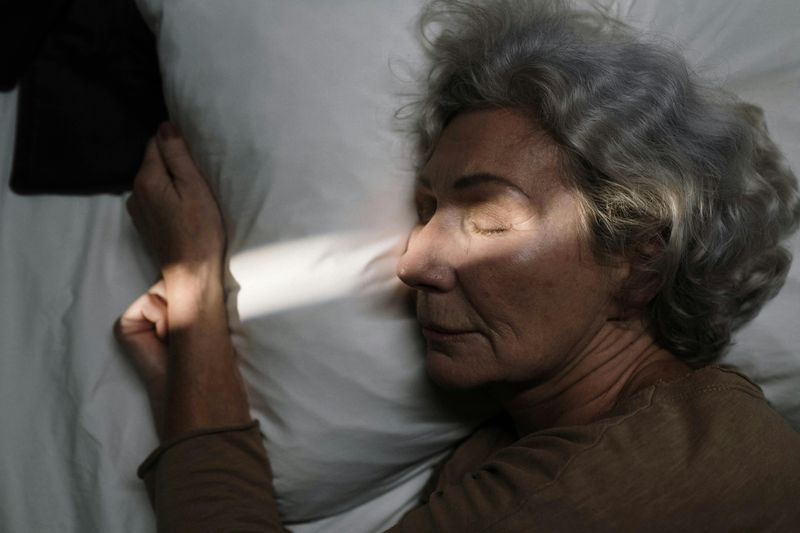
Making a sandwich alone at 3 AM under the kitchen light, she shows how loneliness can mess with sleep—causing insomnia or, on the flip side, oversleeping to avoid difficult emotions.
Eating habits shift noticeably too. Cooking elaborate meals might seem pointless when dining alone, leading to skipped meals or constant snacking.
Some women might prepare full family-sized dinners out of habit, then face the leftovers as painful reminders. Watch for these rhythm disruptions—they often reveal how profoundly social disconnection affects even our most basic biological patterns, creating cycles that further isolate by depleting energy for potential social engagement.
6. Preferring Solitary Activities
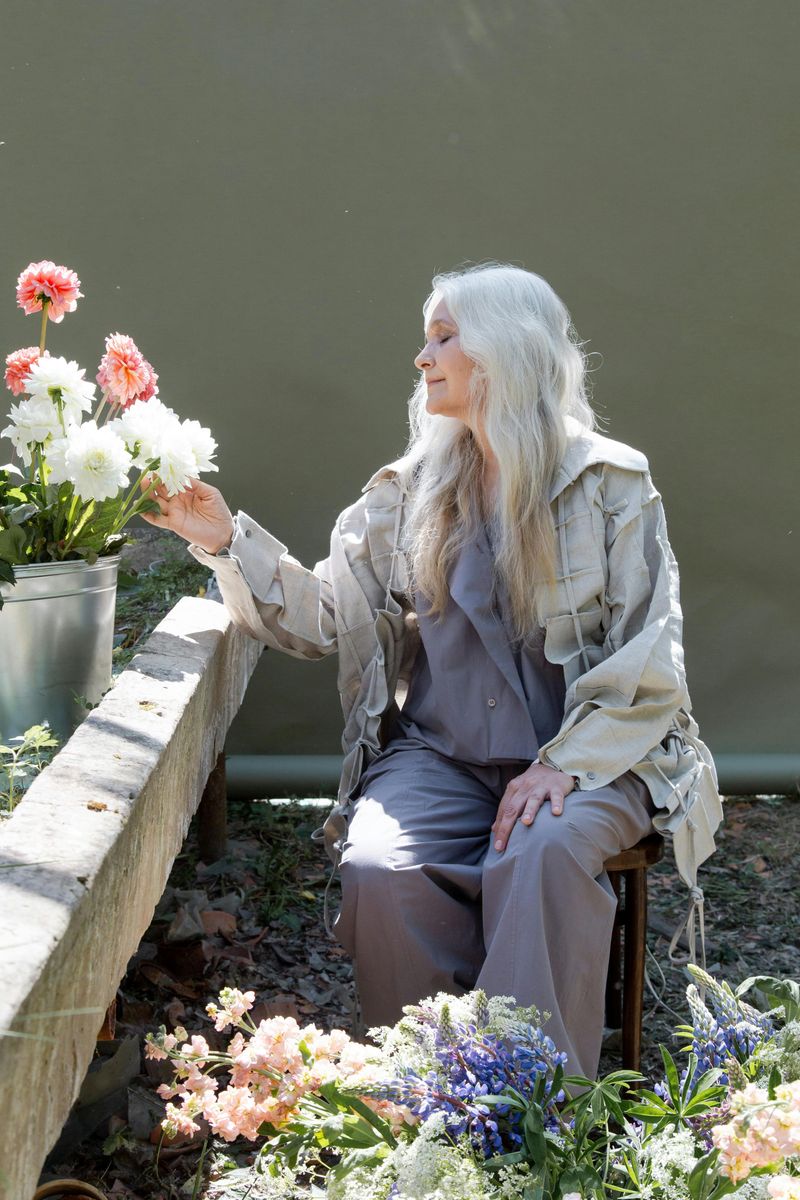
What used to be book clubs and dance classes has been swapped for puzzles, mystery novels, and just sitting in the garden. The shift to solitary hobbies often sneaks up, seeming like just a natural shift instead of a pullback from others.
Activities that once brought joy through shared experience—like gardening clubs or art classes—get replaced by their solitary counterparts. Television becomes a constant background companion, filling the silence of an empty home.
While alone time is healthy and necessary, notice when a woman’s activities no longer include any social component whatsoever. The absence of collaborative or interactive elements in her leisure pursuits often reveals a resignation to solitude rather than a preference for it.
7. Reduced Motivation for Appearance or Home Care

The lipstick she once wouldn’t leave home without now collects dust in the bathroom drawer. When social interaction becomes rare, the effort of maintaining appearance can feel pointless—why style hair or choose coordinating outfits when no one will notice?
This neglect often extends to living spaces too. Dishes might pile up, vacuuming becomes sporadic, and decorative touches disappear.
The telling phrase “Why bother? Nobody’s coming over” reveals the heart of this behavior. It’s not laziness but a reflection of how we tend to care for ourselves and our environments differently when we’re seen by others. This gradual surrender of self-care rituals often signals a profound disconnection from social life.
8. Over-Focusing on Routine

At 8:15 AM sharp, she steps out for her walk, rain or shine, then settles in for coffee and the same news at 9. When friends and family drift away, routines offer a sense of control.
For a lonely woman, predictable patterns provide comfort and purpose when meaningful interactions are scarce. She might become distressed if these routines are interrupted, reacting with anxiety or irritation that seems disproportionate.
The bank teller who knows her by name or the barista who remembers her order becomes critically important. These small touchpoints of human recognition within her structured day might represent her main social connections. The inflexibility isn’t stubbornness—it’s a coping mechanism creating stability in an emotionally uncertain landscape.
9. Frequent Reminiscing
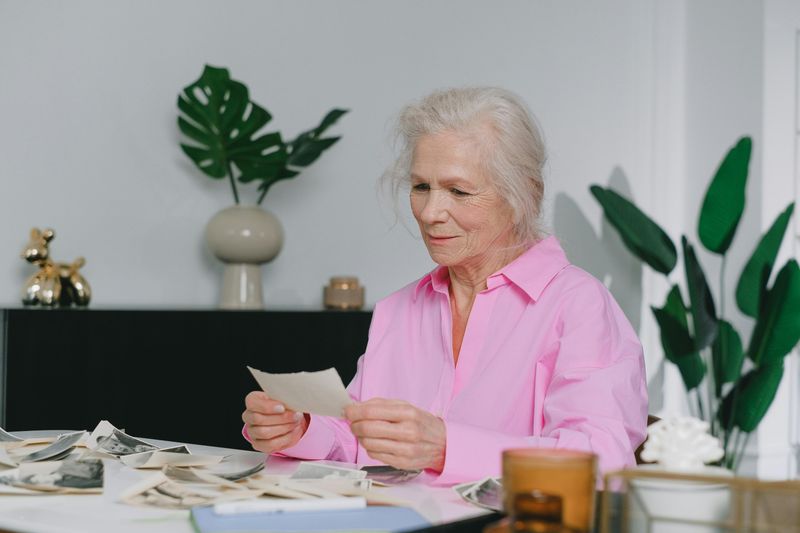
Memories of the kids’ early years take center stage in her mind, turning into a comforting escape. Instead of creating new moments, she retreats into what’s already behind her.
Photos from decades past remain prominently displayed while recent years go undocumented. You’ll notice her conversations gravitating toward the same time periods—usually when her social connections were strongest.
This backward focus isn’t merely sentimentality. When the present lacks meaningful connection, the past becomes a psychological refuge where she felt valued and needed. While reminiscing is natural with age, watch for an imbalance where past joys completely overshadow present experiences, suggesting current life feels empty by comparison.
10. Making Excuses to Avoid Invitations

“The drive is just too far” she says about the community center three blocks away. A lonely woman often develops a repertoire of ready excuses to decline social opportunities—the weather, fatigue, finances, or health concerns.
Paradoxically, the person most in need of connection often actively avoids it. This contradiction stems from complex emotions: fear that social skills have grown rusty, anxiety about not fitting in, or worry about being a burden.
Sometimes the real barrier is emotional energy—socializing when feeling vulnerable requires tremendous effort. Listen for patterns in her reasons for declining. When excuses consistently prevent participation in activities she once enjoyed, they likely mask deeper fears about rejoining social circles after experiencing isolation.
11. Heightened Sensitivity to Rejection

When a call goes unanswered, she often takes it personally—thinking, “They must be too busy for me.” Hours without a reply can feel like rejection, turning small oversights into big hurts.
She might mention feeling forgotten when not immediately included or express disproportionate gratitude for simple acknowledgments. The brain in loneliness becomes hypervigilant to social threats.
Like touching a bruise makes you wince, even gentle social contact can feel painful when loneliness has created emotional tenderness. This sensitivity creates a challenging cycle—her reactions might seem excessive to others, potentially causing them to withdraw further, confirming her fears of rejection and deepening her isolation.
12. Seeking Prolonged Conversations With Strangers

The cashier’s simple “How are you today?” unleashes a ten-minute response about her health, grandchildren, and morning activities. You might notice her engaging delivery people in extended conversations or developing unusually detailed relationships with service workers.
These interactions aren’t merely friendliness—they’re hunger for human connection finding outlets wherever possible. She treasures these brief exchanges that others consider transactional.
The bank teller becomes “my friend at the bank” in her retelling. While these connections can provide valuable social contact, their intensity often signals a deficit of deeper relationships. When casual encounters consistently transform into one-sided conversations, it reveals how starved for connection she has become in her daily life.

Comments
Loading…